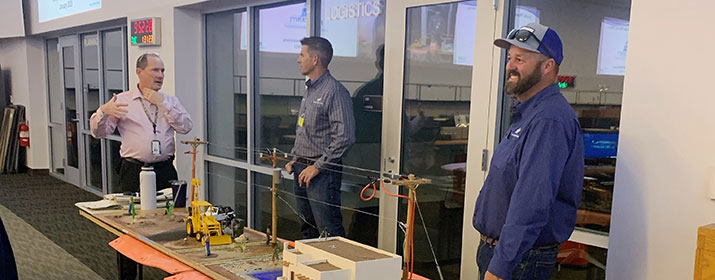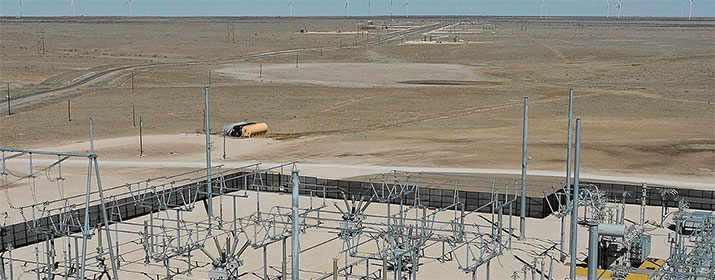
Emergency responders need to understand the risks they face in situations involving electrical equipment.
Safety guidelines for common scenarios were discussed earlier this year when fire fighters and law enforcement officers joined representatives from TEP, as well as participants from other utilities, the transit system, tribal nations and local school districts.
The Utility Threat Assessment Group is designed to promote effective response and increased public safety through stronger coordination. The group includes about 50 first responders from 20 different agencies working in collaboration with Pima County Emergency Management.
Our representatives focused on the risks inherent in responding to electrical emergencies to reinforce why outside agencies should always consult with TEP first when there is an emergency impacting our facilities or equipment. Even common occurrences such as downed power lines or damaged equipment due to storms or vehicle accidents require expertise to safely manage.
A similar meeting last year at TEP’s Irvington campus focused on monsoon preparedness, an overview of our systems and hazard awareness. That half-day gathering was the first since the pandemic forced a hiatus in the previously regularly-scheduled meetings.
“At the end of the day, it’s about all of us going home safely,” said T&D Control Room Manager Lonnie Chapman. “A bit part of that comes from having a pretty clear understanding about how to avoid and manage the hidden dangers in an emergency and by building stronger collaboration between our agencies.”






